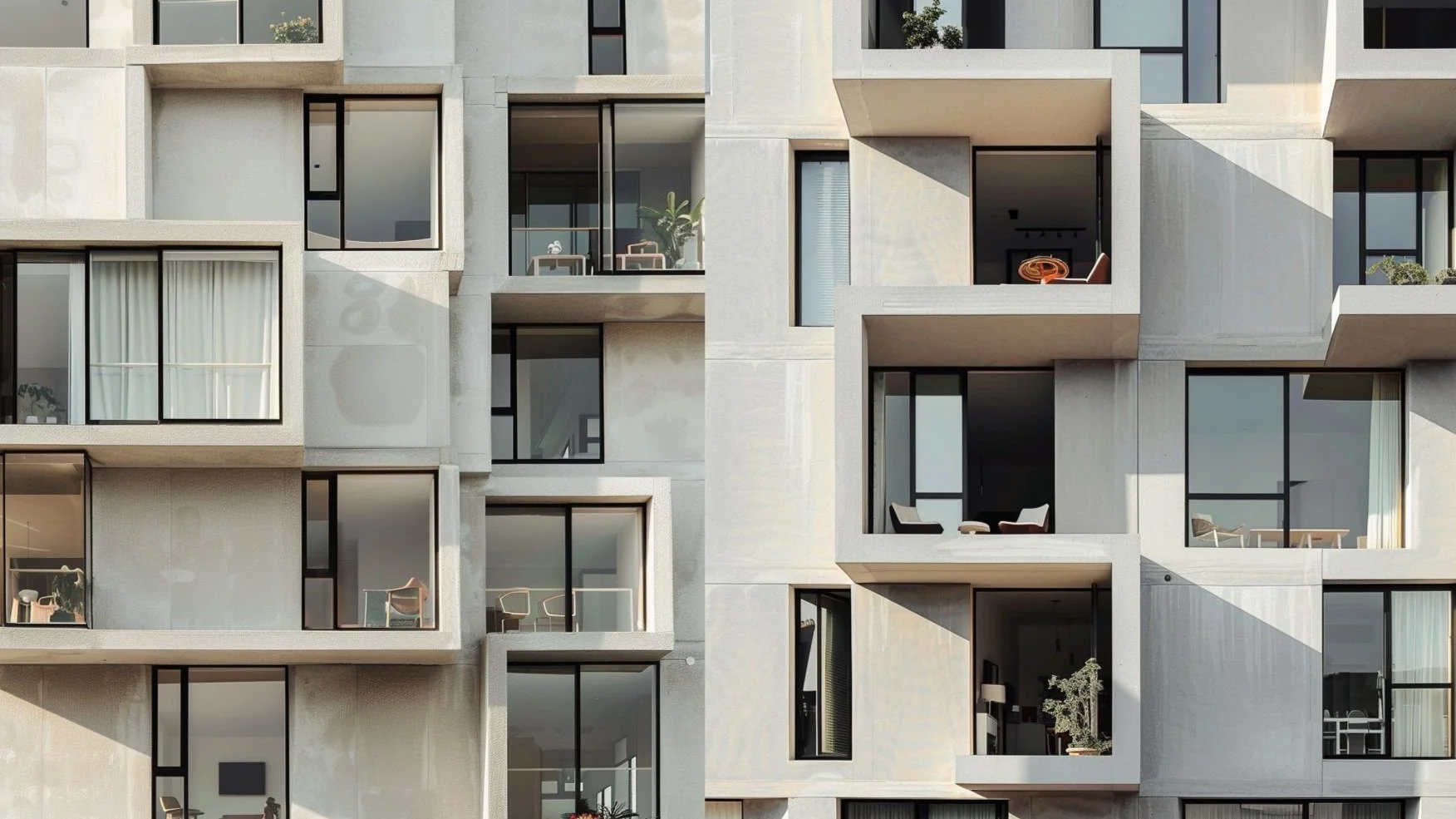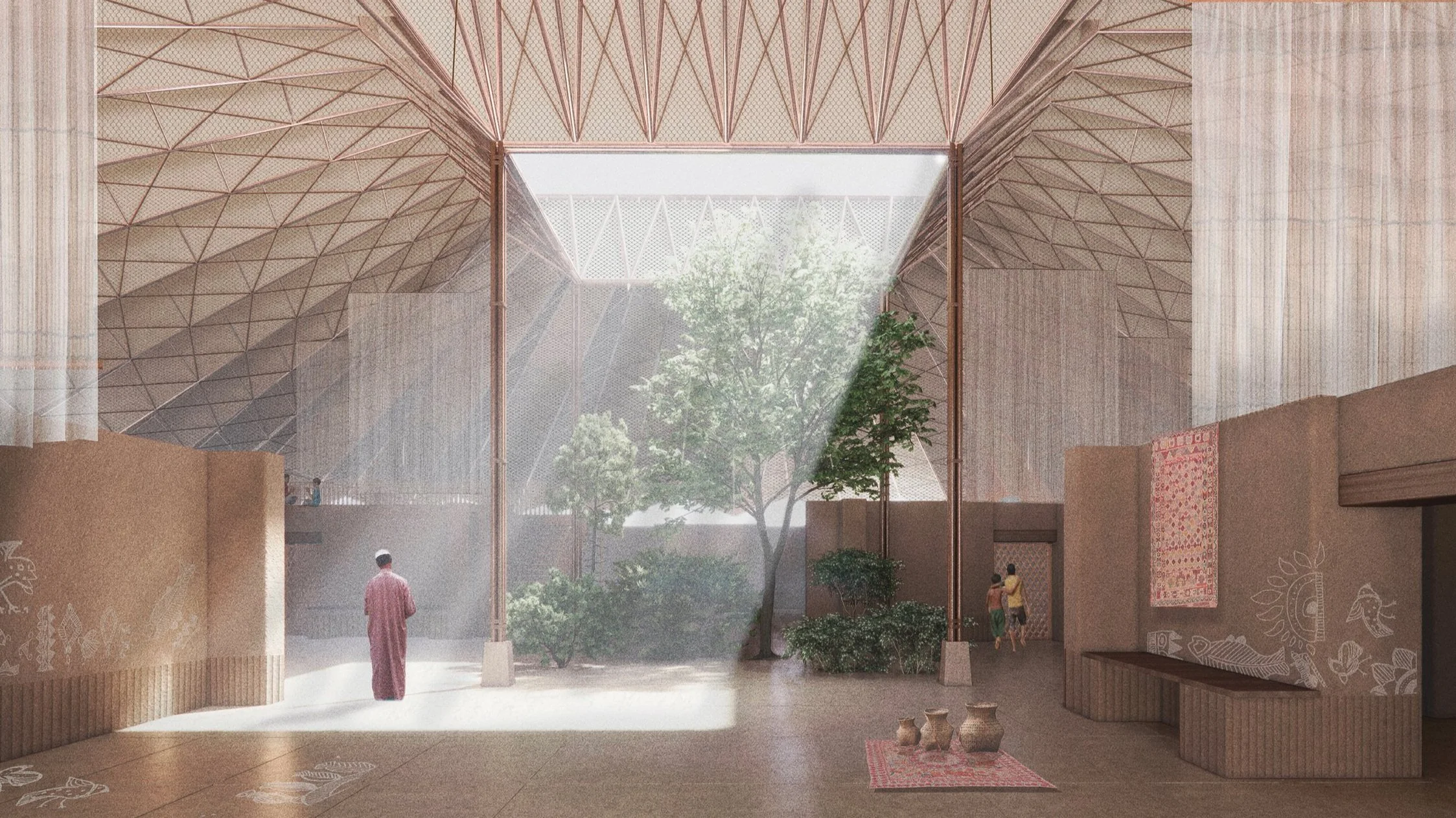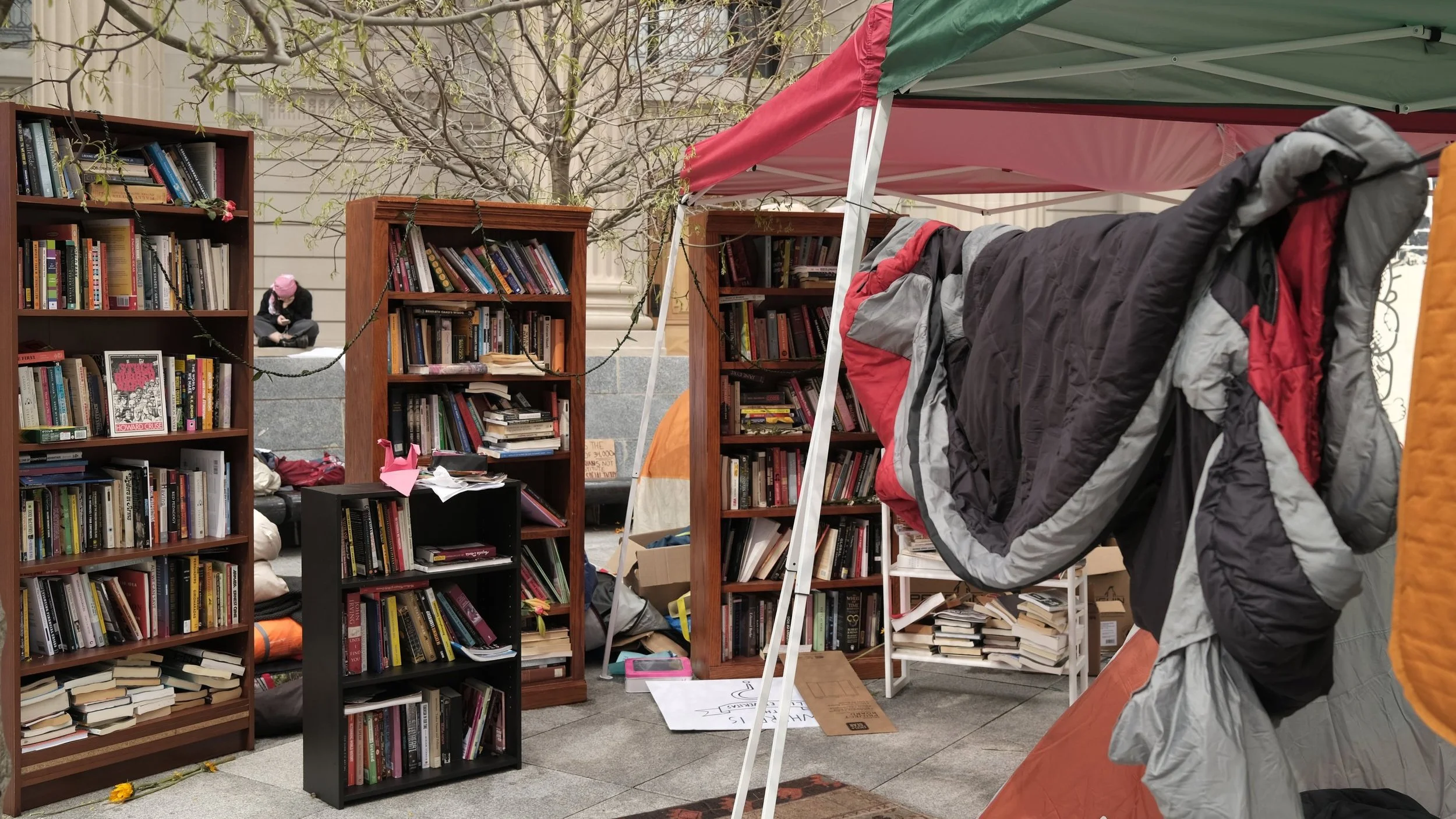Text Prompt: On the Peculiarities of Writing as Technique
Writing occupies a strange place in contemporary cultures. Early predictions by media philosophers like Marshall McLuhan that writing would disappear to be replaced by a purely visual culture feel crudely baroque when compared to late late capitalism’s digital mutations. From the writing machine of ChatGPT, programming languages and the creation of memes, to the streams of consciousness associated with X and the strange new popularity of using subtitles when watching television or film at home, to the everyday role of messaging apps, writing has not only endured, but new forms have proliferated. Now decades in the making, this surge likewise extends into architectural production, where a widespread intensification of work has led to a widespread intensification of writing. It is the nature of these changes to architectural writing I explore here to ask, what does this condition say about architectural thought and its relation to production in contemporary capitalism?
It is perhaps helpful to begin by viewing writing in a media-theory frame as a technology itself, one that is situated in modes of production and mediates wider social relations. Viewed this way, writing's architectural histories extend from the abstract repeatability of the Vitruvian treatise to the Spanish colonial decrees of the Law of the Indies to the industrialized language of nineteenth-century building specifications.
In a more contemporary context writing has always played a mediating role in computer-aided design (CAD). Since the 1990s, with the rise of everyday drafting and 3D-modelling software, writing as a command prompt has sat alongside “clicking” as an increasingly ubiquitous form of architectural labor. Typing words as a series of discrete commands leading to a defined action is inherent to both the nature of programming and the binary logic of computation. Interactions with software are defined by this articulation and explain why fingers, digits, pointing, and clicking remain fundamental digital conduits. As Aiden Evans has suggested in his study on digital forms, writing as a technique, while remarkably versatile, is stunted by ideas of meaning and the “inflexible rules of syntax.” Writing thus takes over from engineering in the production and mediation of software, becoming both judge and arbitrator of what a program can and can’t do.
These stunted forms further appear in current incarnations of text-prompt artificial intelligence tools. Text here extends to an action that doesn’t just draw a line but produces complex digital objects using a cryptic mixture of machine-learning models and older mathematical ideas of probability, among various other techniques. Input words can lead to an image, a 3D model, a video, an audio clip, or more text or lines of code. For example, using a text-to-image software prompt such as “contemporary style architecture, volumetric, minimal, panoramic windows, housing block" produces a series of images of somewhat crass “modernist” buildings, a scenario that can further apply to a 3D model or the production of floor plans. With the latest digital incarnations, writing moves from the production of drawings to the seeming mediation of conceptual creative forms.
This extension of computational techniques into “creative” work raises a number of questions. One stream worth probing concerns the relationship between discrete words and concepts in architecture. As numerous commentators have observed, digitization works in a world that already, to an extent, operates like a machine. In this context while digital writing might be stunted, architectural thought and the expression of abstract ideas suggests an existing impoverished condition. Of note here is the “concept” in architectural design and its role as a simplified ordering technique. While not necessarily a linear or smooth process, the concept appears as the fundamental abstract idea or approach that guides design and helps manage decisions. These decisions, for example, might relate to the resolution of a detail, the design of an interior, or the form of a building, and can be captured by words that describe intent.
It is useful to consider here Theodor Adorno’s ideas of “identity thinking.” In Adorno’s work, identity thinking is the dominant mode of thought in capitalist societies that makes “unlike things alike” through concepts that are unable to adequately cover their object.[1] For Adorno the logic of the “value-form” as outlined by Marx in Capital has extended to thought itself, and with the increasing division of labor in industrial society it becomes impossible for the subject to adequately know its object. To this degree not only is the complexity of the object unable to be grasped given dominant modes of social thinking and the everyday use of concepts but through the classification of things into distinct categories violence is fundamentally done to the object. In architecture, the example of “contemporary style architecture, volumetric, minimal, panoramic windows” could be bought back here to ask, what exactly do these words describe? What is the relation to the particular? And how far have architectural descriptions of styles and conceptual meaning become in effect rationalized?
“The intensification of architectural practice has led to an intensification of writing in the production process.”
Crucially for Adorno these questions are not ones of semantics but of social form. This entails an idea of history that is at once both dynamic and static consisting of the ongoing transformation of social life and the reconstitution of the value-form. The material context for this broad introduction of digital technologies in architecture has been an intensification of work that has become synonymous with planetary and bodily burnout. New routinization of work has led to computer skills becoming a generic requirement in architecture amid increased competition and falling levels of productivity, leading to attempts at greater managerial control of the production process. To this extent the introduction of text-prompt AI tools in design already presupposes a distinct managerial hierarchy and division of labor in the design process. In this regard questions of control, of whose labor is displaced or intensified, and of who ultimately oversees forms of AI-generated content become key considerations in unpicking effects on contemporary work.
At the same time, the intensification of architectural practice has led to an intensification of writing in the production process. An avalanche of bland PR statements, meeting minutes, project bids, building descriptions, emails, social media content, and articles, along with the proliferation of architectural books, suggests there is more writing than ever involved in production and a widespread industrialization of digital writing forms. It is important, however, to acknowledge that writing is clearly only one form of abstract mediation among various others, including hand drawing and construction. While there is a unity to these processes, at some level of abstraction the relationship between these types of mediation is often contradictory.
This contradictory character is defined by the extent to which labor processes have been reconfigured and penetrated by science and forms of technology captured by Marx’s idea of “real subsumption.” As has been pointed out by Pedro Fiori Arantes, the construction site in particular is still a place that resists total mechanization and, moreover, this scenario of “undevelopment” on is not an anomaly but intrinsic to capitalism. Indeed, counter to an idea of a linear and universal idea of history in which one technological form merely replaces another, the persistence of various levels of subsumption, or mechanization, in the production process should be acknowledged, a reality still often ignored by Western architectural historians of technology, as Daniel Sherer and others have pointed out.
To return to writing, a scenario can perhaps be sketched out that extends beyond the stunted techniques used in text-prompt AI tools to broadly describe a general condition of industrialized digital writing in architecture today. At the same time, this digital writing is remarkably complex, involving ever deeper layers of mediation that are inherent to modern computation and the remaking of labor processes. If, as some media-theorists have posited, writing tools transform thoughts, by looking at architectural writing these thoughts would appear to engender the horror of infinite production. It is this scenario that needs unpacking and as this brief survey of some writing techniques has suggested, may touch on the core forms of conceptual thought within architecture today.
Citation
Matthew Stewart, “Text Prompt: On the peculiarities of Writing as Technique,” PLATFORM, May 20, 2024.
Notes
[1] Theodor W. Adorno, Negative Dialectics (Great Britain: Routledge, 1973), 142-143.








